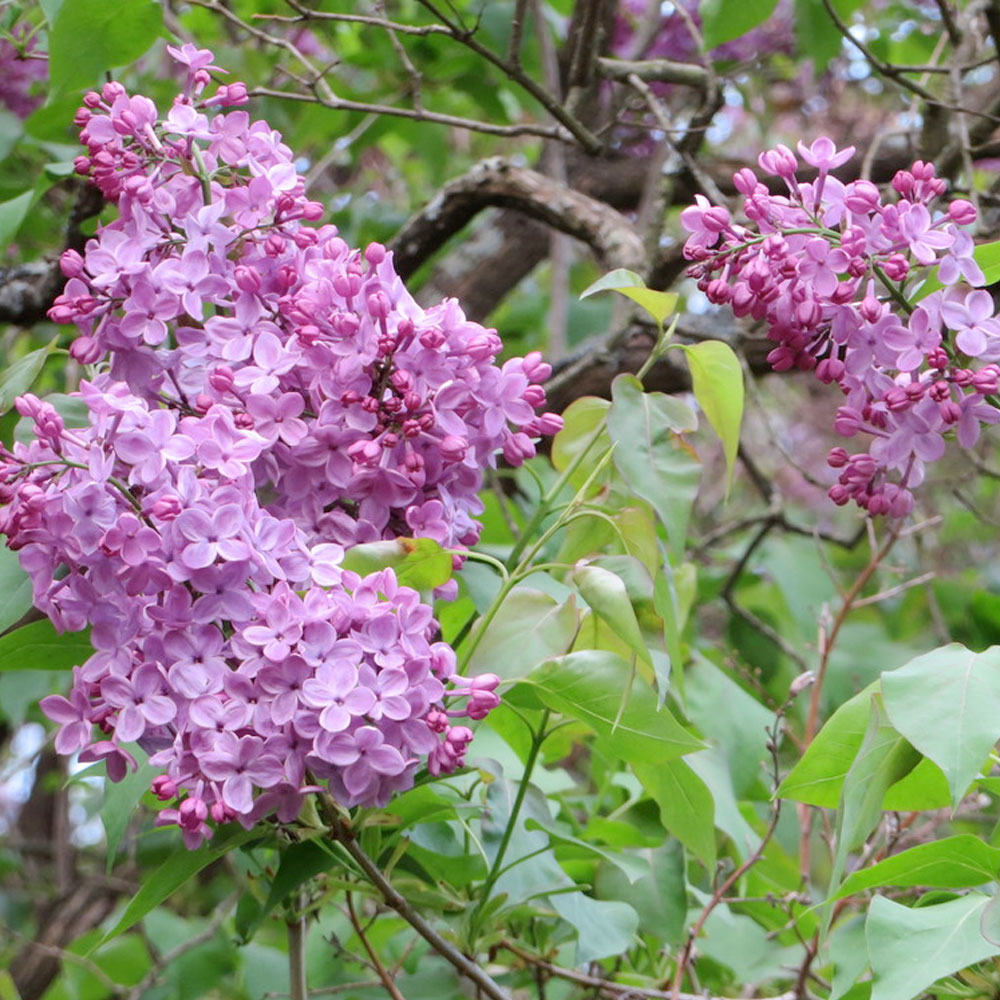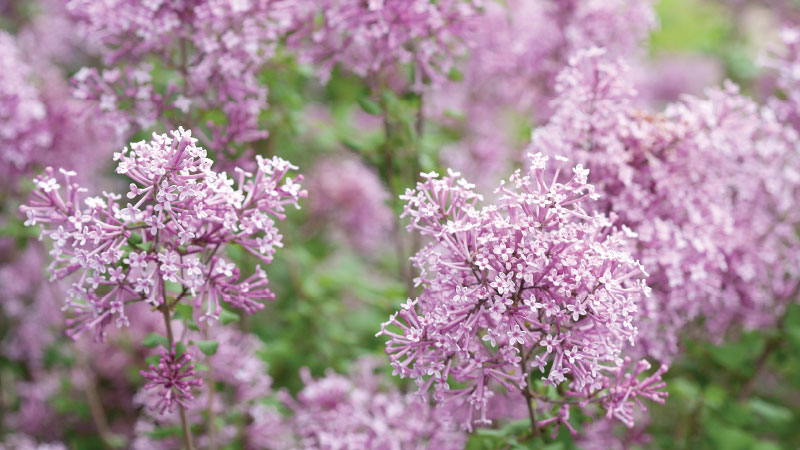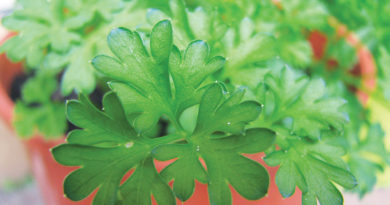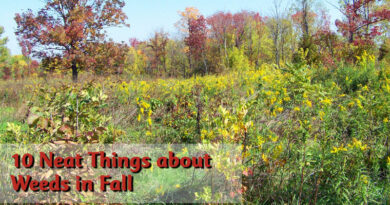Lilacs – Old is new again
By Gerald Filipski
• Grow in full sun for the best flowering results.
• Prune off the spent flowers after blooming. This will encourage more blooms the following year. Since lilacs bloom on the previous year’s wood, prune only immediately after they bloom and at no other time.
• Lilacs do not need a lot of fertilizer. In fact, too much nitrogen can promote leaf growth at the expense of blooms. If the soil is poor fertilize in the spring with a fertilizer, such as 5-10-5, to encourage bloom.
• Once established they are relatively drought tolerant.
• Regularly prune out old stems so the shrub is always producing new wood to bloom on.
• Plant them near a window or patio and take time to enjoy the fragrance!
A favourite memory of mine is of a family drive out to St. Paul, Alberta to see my grandparent’s farm. Standing on the property I was struck by the size of a purple lilac bush that was in full bloom. It was some 60 years since it was planted and it was 25 feet tall and still growing strong amongst the weeds and grasses. It struck me then that lilacs are true prairie pioneers.
Somehow, along the way ‘lilac’ became a banned word in many landscape design circles. I recall the instructor in a landscape design course I was taking many years ago telling us that if we even thought about using a lilac in a design assignment he would fail us. Thankfully, breeders never gave up on this plant. Today there are many lilacs that make great additions to the home landscape. New varieties are non-suckering and with several dwarf varieties available, there really is a lilac for every garden. They are among the hardiest landscape plants and offer some of the most spectacular blooms.
What has made lilacs so endearing to gardeners for so many years? Perhaps it’s that the heady fragrance of a lilac is an announcement that spring has arrived. They are very easy to grow, are relatively low maintenance and the combination of colour and fragrance are so very welcome after a long winter.
Gerald Filipski is a member of the Garden Writers Association of America. Gerald’s column appears weekly in the Edmonton Journal and he is the author of Just Ask Jerry.
Dwarf varieties, ideal for small spaces.
Bloomerang purple lilac (Syringa ‘Bloomerang’)
Hardy to zone 3a.
Four to five feet tall and wide.
A true lilac lover’s lilac. While traditional lilac varieties bloom for a few short weeks in spring, Bloomerang’s fragrant flowers continue until frost. Bloomerang blooms in spring, and after a brief rest period in the heat of summer, it then bursts forth again with blooms throughout the summer and into the fall. This compact, mounded variety fits easily into any landscape, and is ideal as a foundation planting or as part of a mixed border.

Dwarf Korean lilac (Syringa Meyerii ‘Palabin’ or Syringa patula ‘Miss Kim’)
Hardy to zone 3a.
Three feet tall and four feet wide.
Clean and compact. Dwarf Korean grows as a compact, dense, uniform rounded shrub with a very clean and neat branching habit. The leaves are much smaller than a regular lilac and are a rich, dark green. Blooms start off as reddish purple buds opening into pale pink blossoms. The profuse blooms of a healthy shrub can fill a yard with their wonderful fragrance on a warm, still day. The plant is very low maintenance and easily adapts to many soil conditions. While this plant will also re-bloom later in the summer, the second bloom is not as profuse as the first. These plants make excellent hedges and take very well to being pruned.
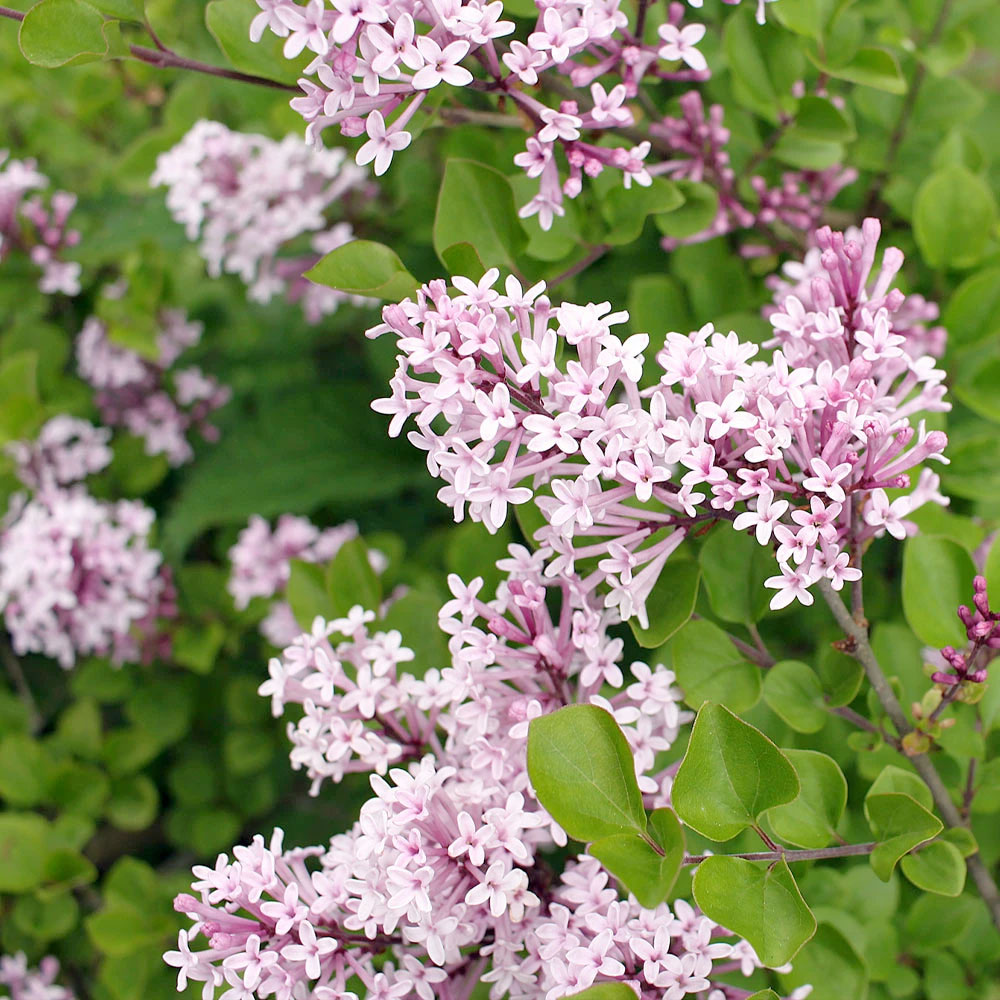
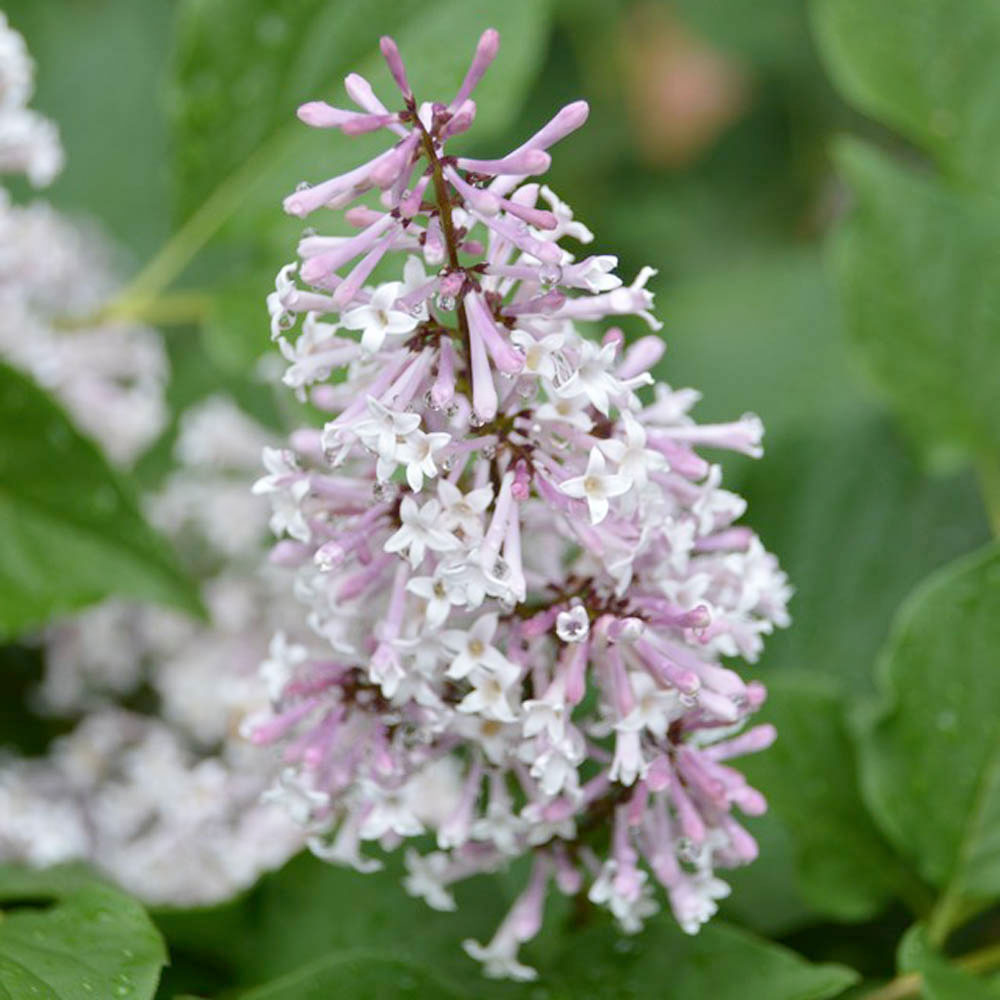
Tall lilac varieties to make a statement.
Donald Wyman lilac (Syringa ‘Donald Wyman’).
Hardy to zone 2.
10 feet high and eight feet wide.
Many consider this variety to be the finest of all the lilacs. The plant features upright panicles of pinkish-purple flowers that have a light scent. ‘Donald Wyman’ makes an excellent specimen plant with multi-stemmed branches in a very large and shapely ball. It also acts as a great screen. Dark, green, textured leaves turn a buttery yellow in the fall. An added bonus – this is a non-suckering variety.
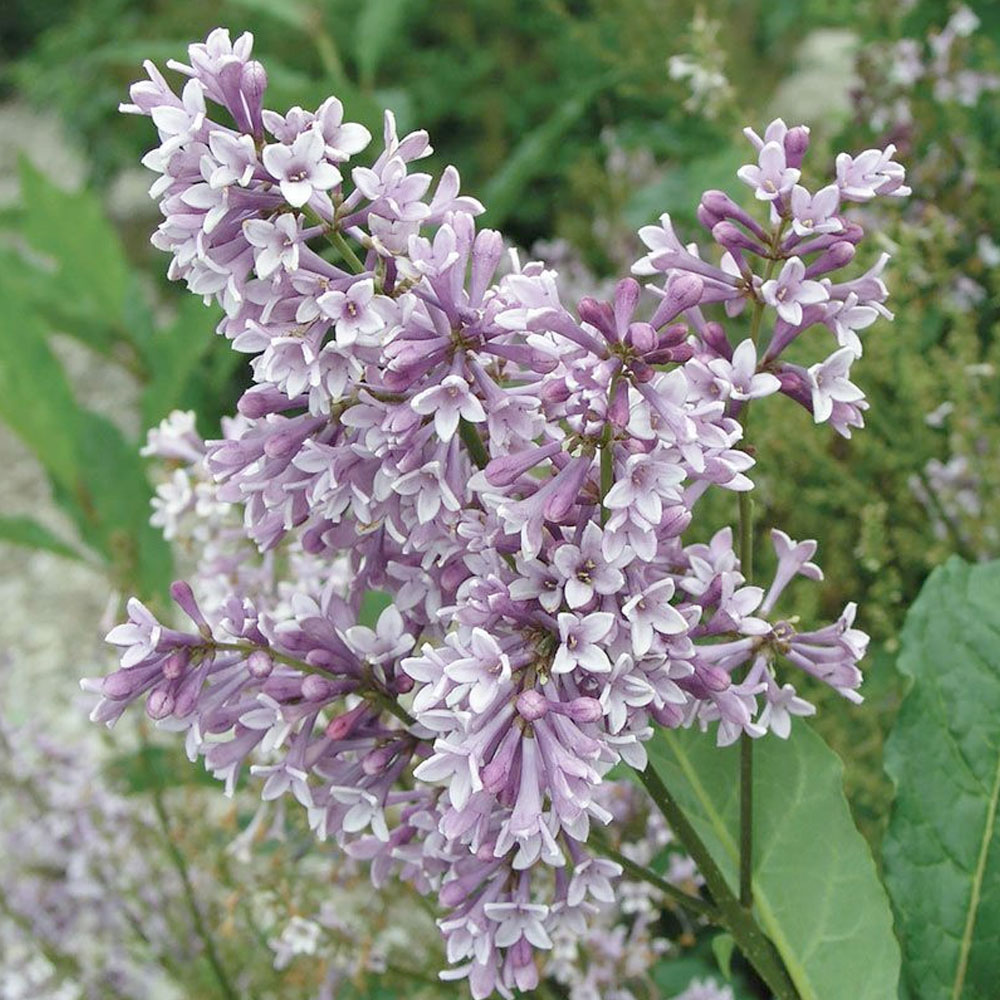
‘Asessippi’ Hyacinth Lilac (Syringa x hyacinthiflora ‘Asessippi’)
Hardy to zone 3a.
10 feet tall and wide.
Fall beauty. This lilac features deep purple buds that turn into showy panicles of very fragrant purple flowers that rise well above the foliage. The leaves are a blue-green colour throughout the growing season, turning a striking deep purple in the fall. This multi-stemmed shrub has an upright habit of growth making it a candidate for an accent plant, hedging or screening.
